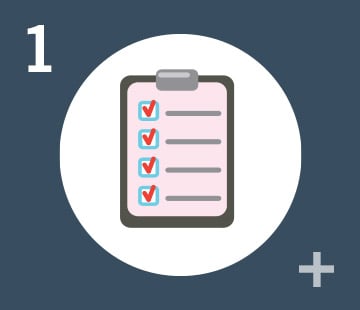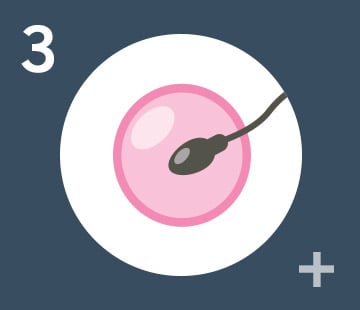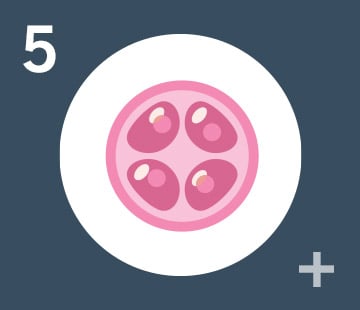A Cleveland Clinic research trial was the first in the United States to offer uterus transplant to women suffering from uterine factor infertility (UFI). These women cannot carry a pregnancy. They were born without a uterus or have lost their uterus. Since Cleveland Clinic began the clinical trial, the team has completed eight uterus transplants; six transplants were technically successful, with four livebirths thus far. Currently, two women are awaiting embryo transfers, while other candidates are listed for transplant.
Cleveland Clinic’s clinical trial milestones:
Uterus transplantation is a major feat of microsurgical engineering. Here's how it's done.

Candidates get in-depth screening
Must be 21-39 with
uterine factor infertility (UFI)
Evaluated by team of experts

IVF starts
Patient’s ovaries stimulated
Eggs retrieved & fertilized in lab
6 embryo's frozen

Deceased donor
18-40 with a healthy uterus
Next of kin must consent

Prep and transplant
Anti-rejection drugs started
Donor uterus transplanted into patient’s pelvis

IVF continues
In a few months, periods begin
Minimum 6 months after transplant, uterus heals
Embryos implanted one by one
Goal: 1-2 live births

Pregnancy monitored
Anti-rejection drugs and labs required throughout
Monthly biopsies check for rejection

Motherhood
Baby delivered by C-section
Donor uterus removed after 1-2 live births
Anti-rejection drugs stop

A quick collage of the faces, hands and teams that made the delivery possible.
A quick collage of the faces, hands and teams that made the delivery possible.